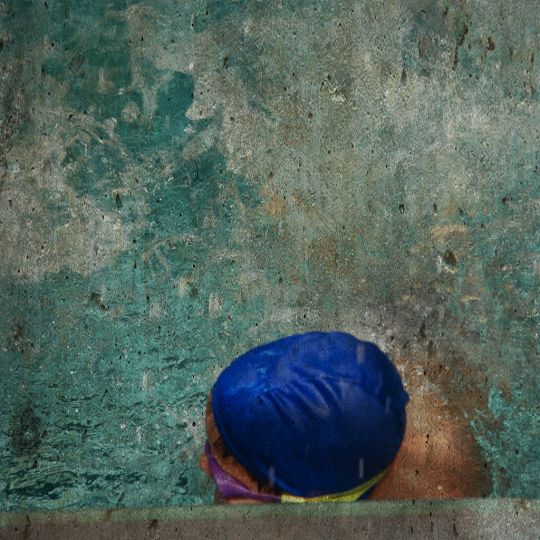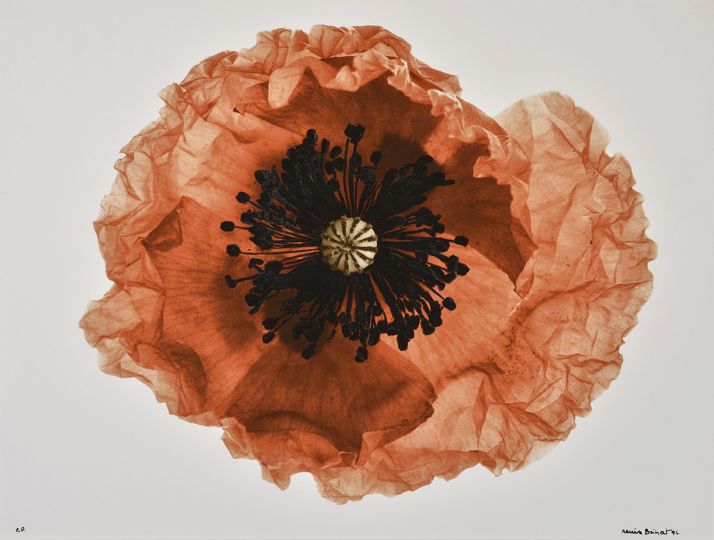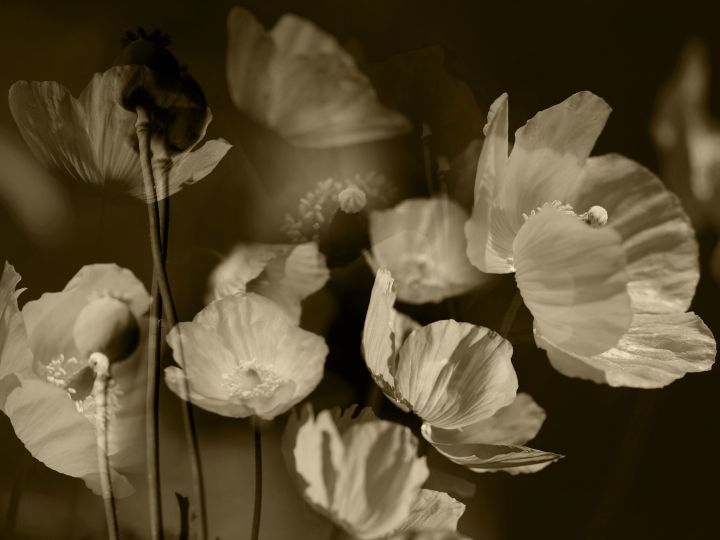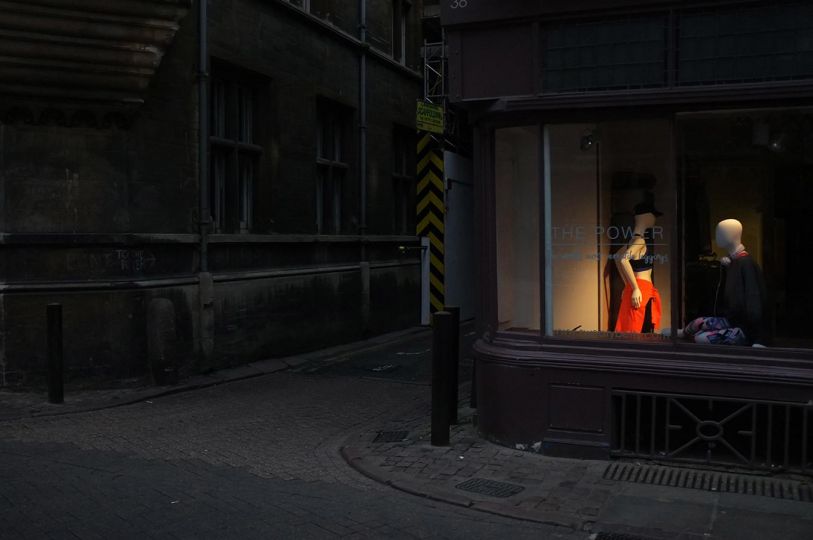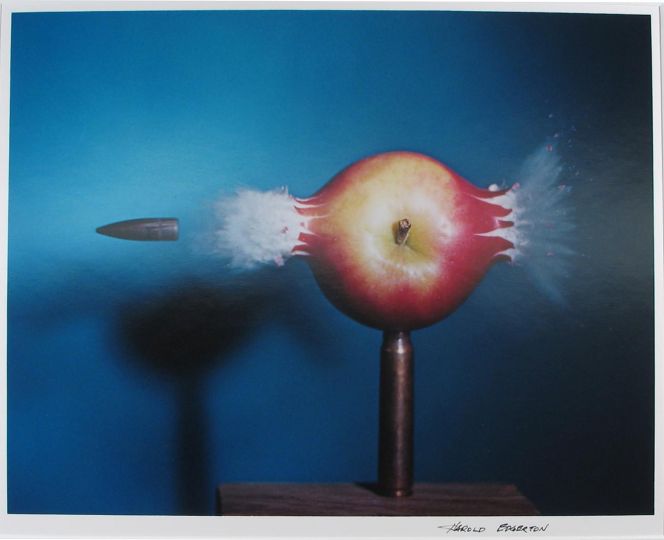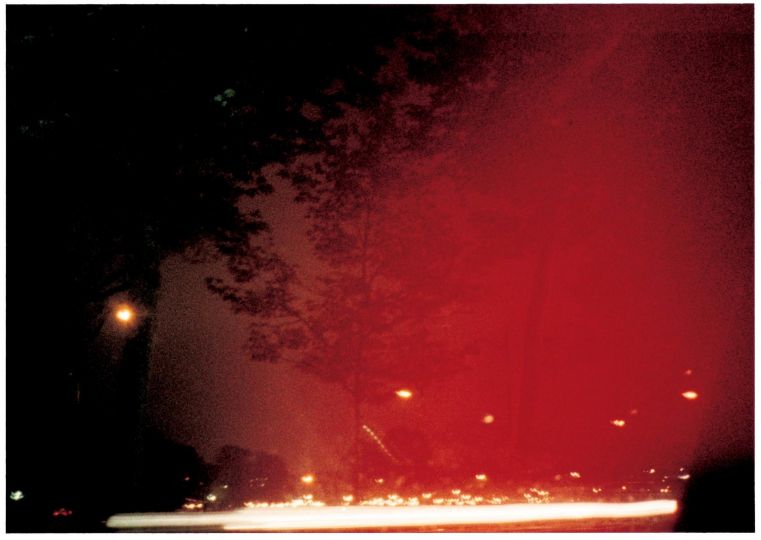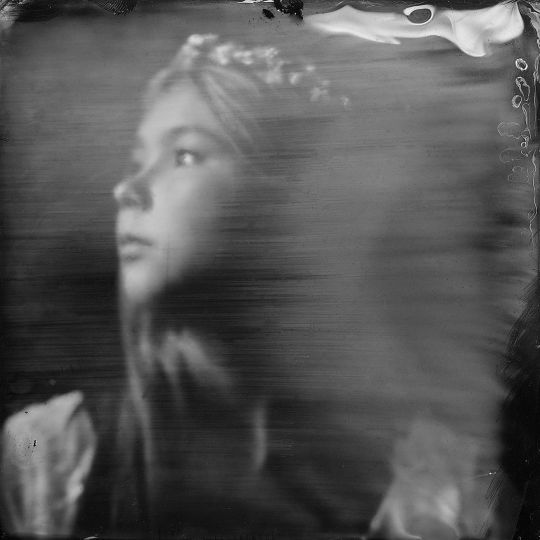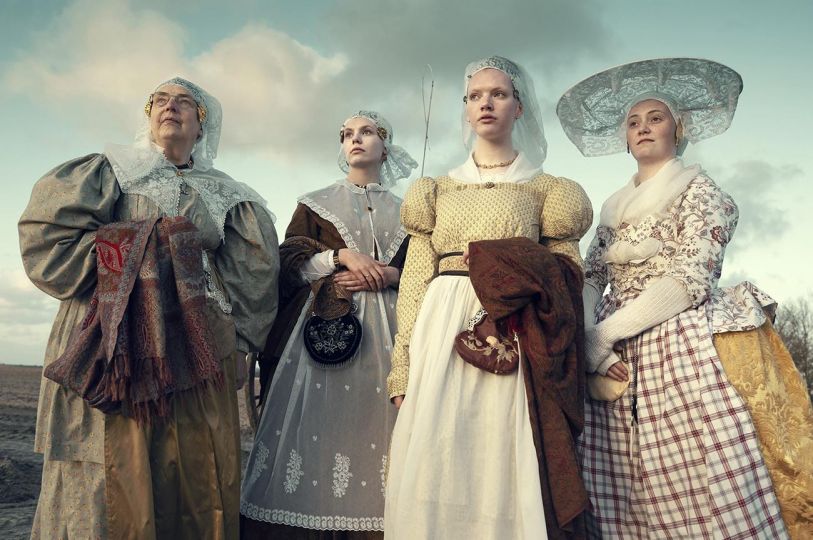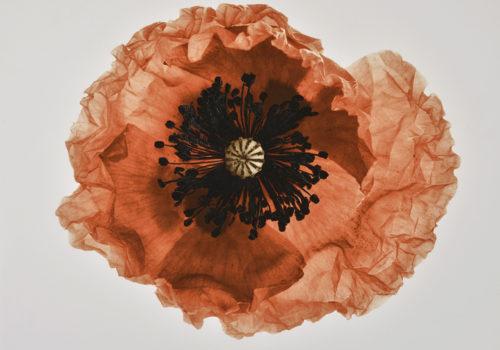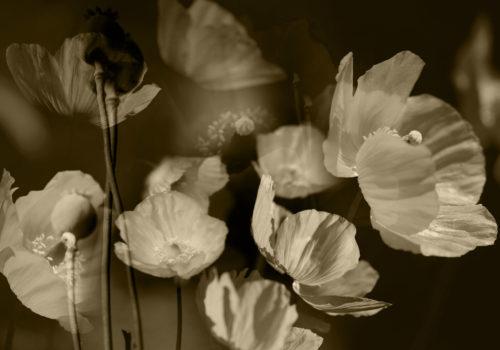The bodies of young swimmers move merrily through water, entranced by the porous and opaque veil of dense, brightly colored liquid tinged with saturated blues and greens. The dancing water is artfully steeped in grainy, plastic texture reminiscent of thick, short brushstrokes in Claude Monet’s paintings. There is a hint of an impressionist atmosphere where every body, despite the motion, conveyed through the blurring of contours, emerges from the midst of the scene as if frozen in a dramatically sculpted pose of a snapshot.
These paintings from Monet are from the series Nymphéas, which is our entry point into the tender experimentation and the formal classicism of Sandrine Hermand-Griesel’s artistic universe. The French photographer has lived in the United States since 2006, and in 2005 won the Prix Kodak de la Critique Photographique for her intimate series Nocturnes. As an artist, Sandrine Hermand-Grisel considers herself an heir to the conceptual and technical principles associated with the historical movement of late-nineteenth-century Pictorialism, which she espouses in her artificial intervention into the photographic image, manipulating its aesthetics and aimed at a fictive recreation of an abstract, pictorial aspect inspired by the figurative elements of European modernism.


